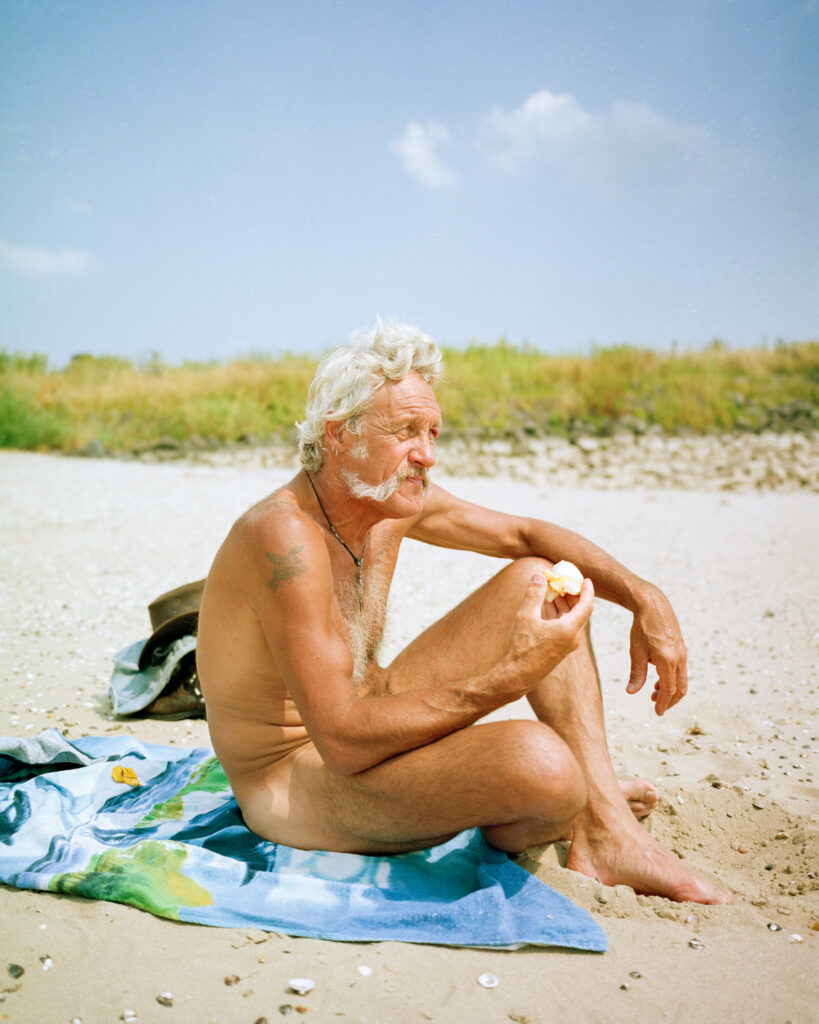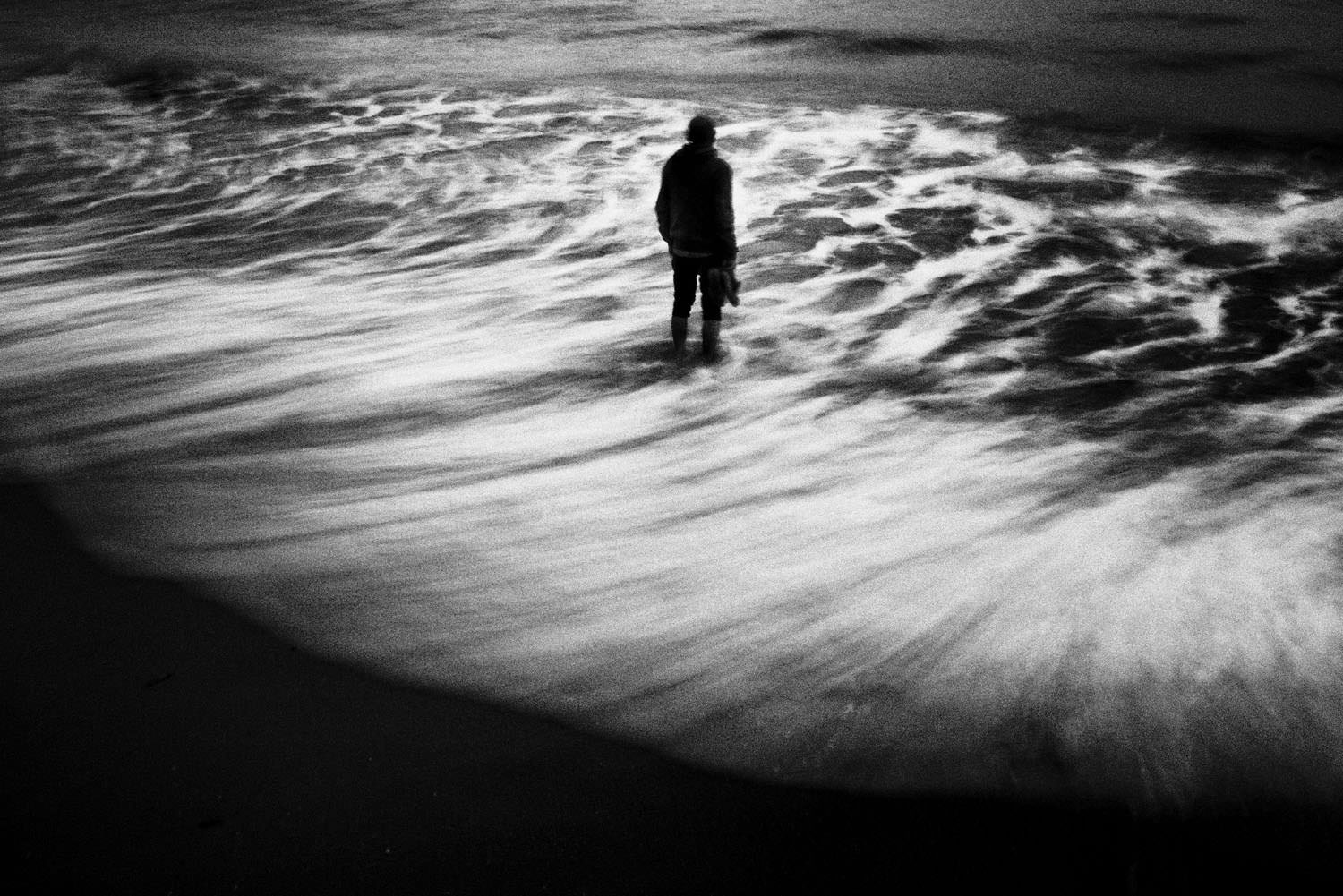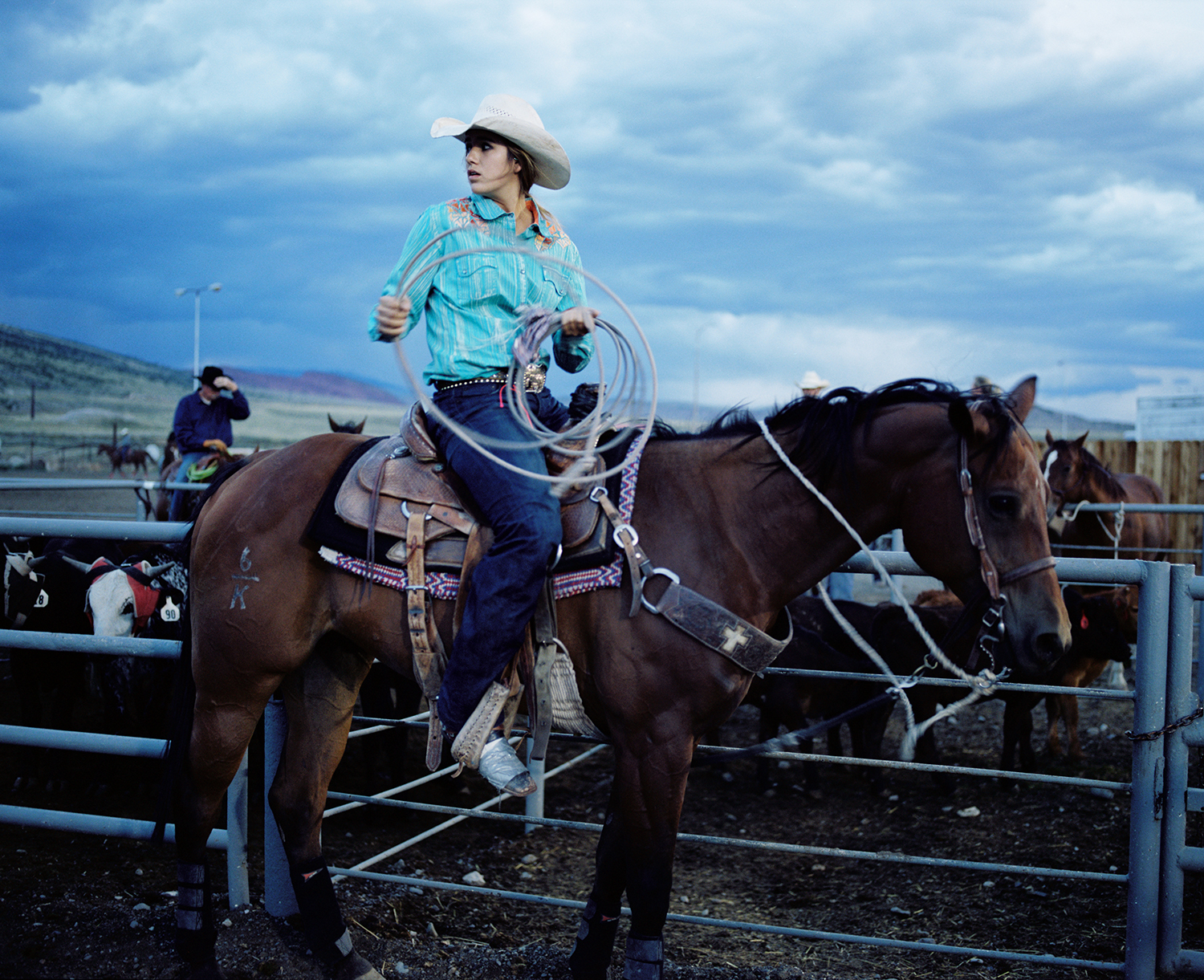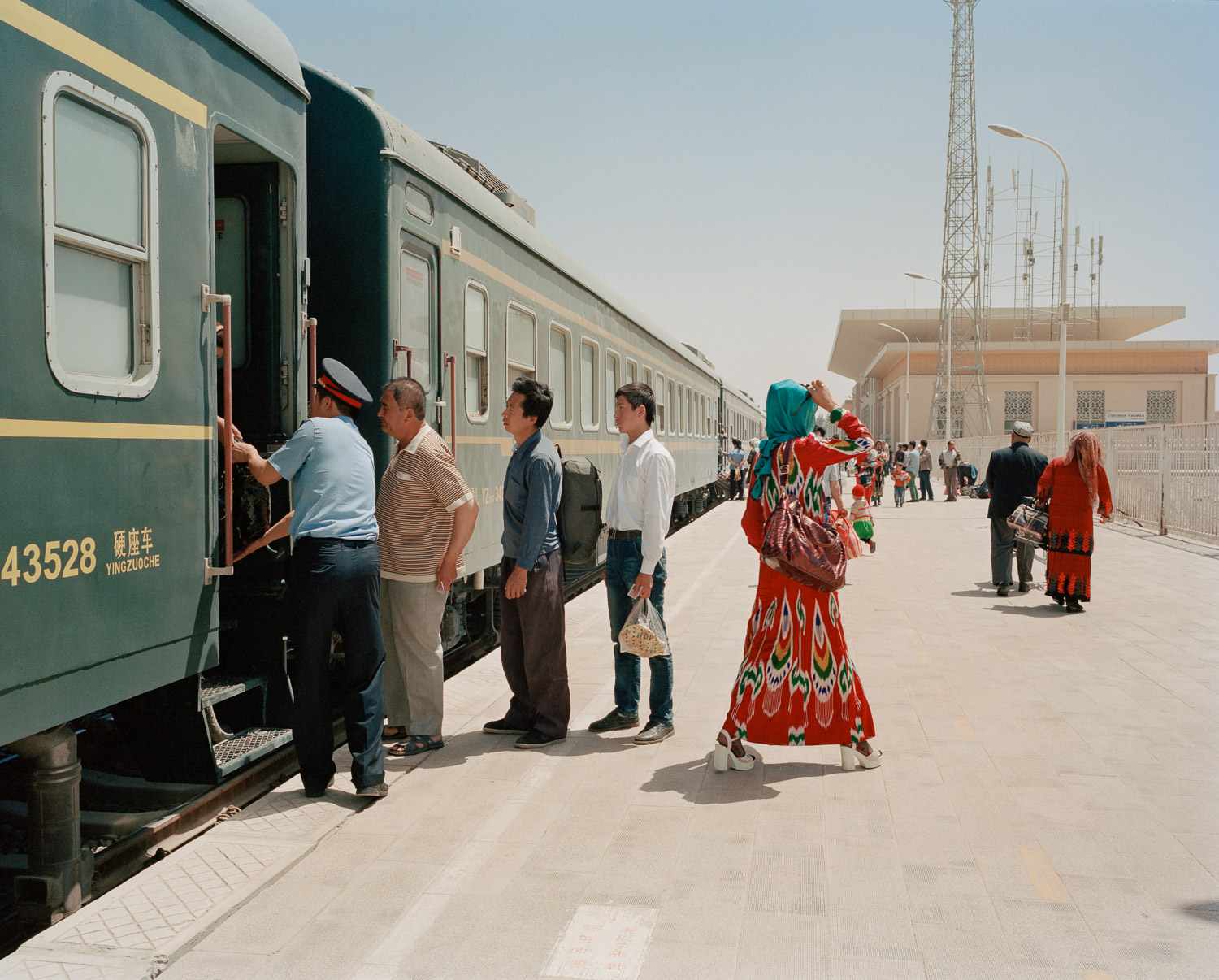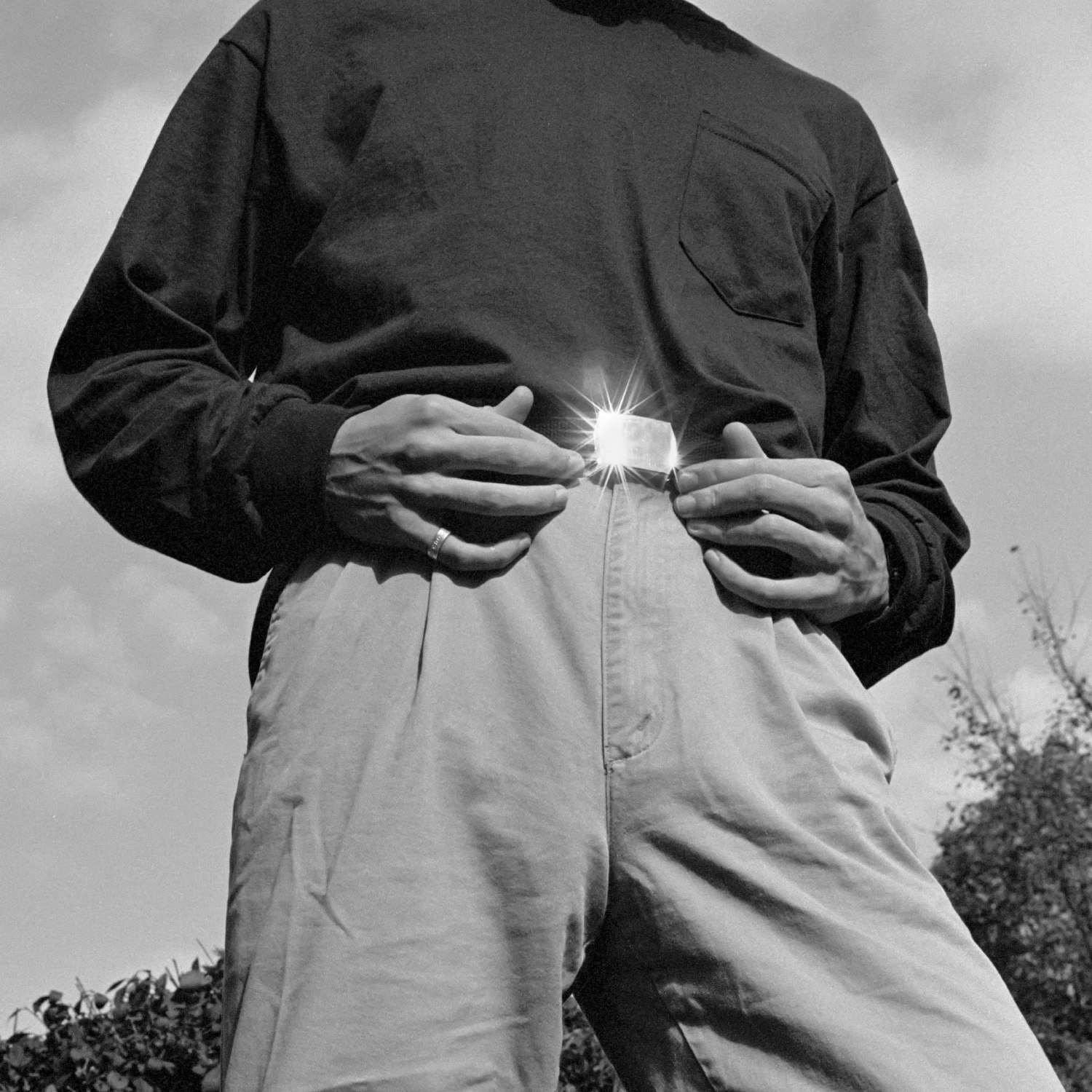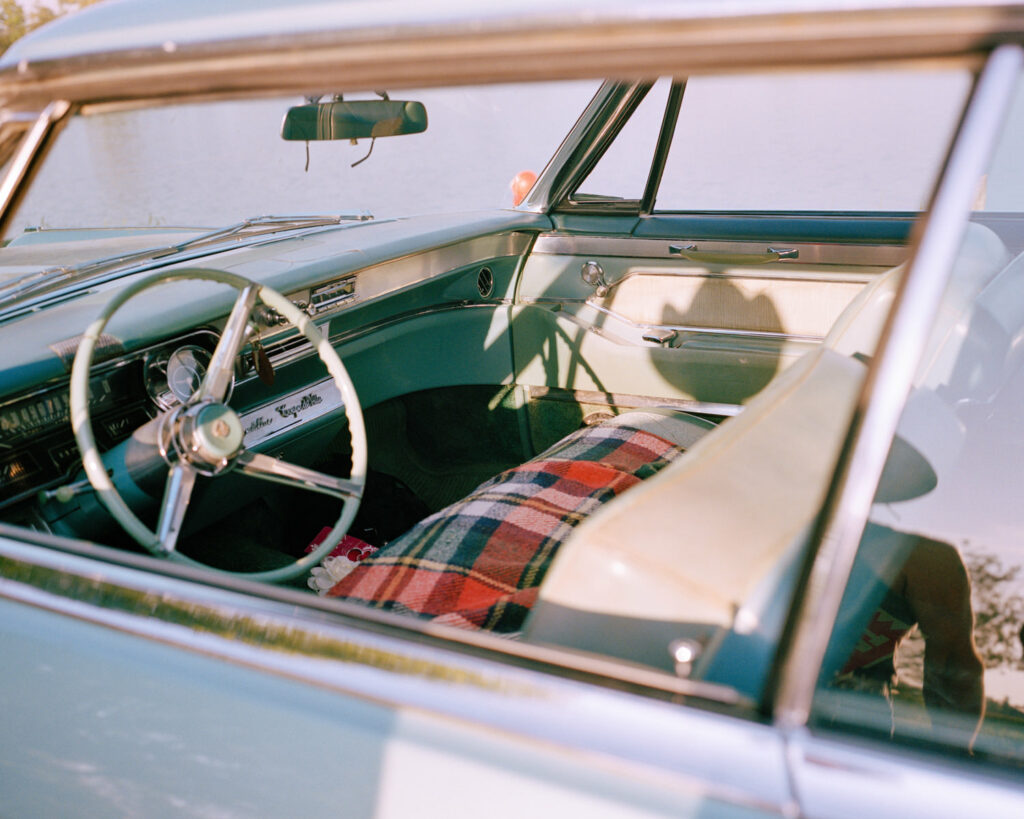
« I’d never seen a Dutch cowboy before! »
How did you meet Kees, atypical character ? Did all your photo series come about through chance meetings? I met Kees nearly six years ago when I was shooting a Dutch Americana/country band. We were looking for an old Cadillac we could use for the shoot and a guy in the band managed to borrow Kees’s. When Kees stepped out of the car in his full-on cowboy outfit, I was immediately intrigued by him. I’d never seen a Dutch cowboy before! We exchanged numbers and it all started from there.
Not necessarily, sometimes I’m looking for something or someone specific and I’ll find it by researching or asking around, but there’s something magical about these relationships that start so spontaneously that I do prefer the ones you weren’t ever expecting.
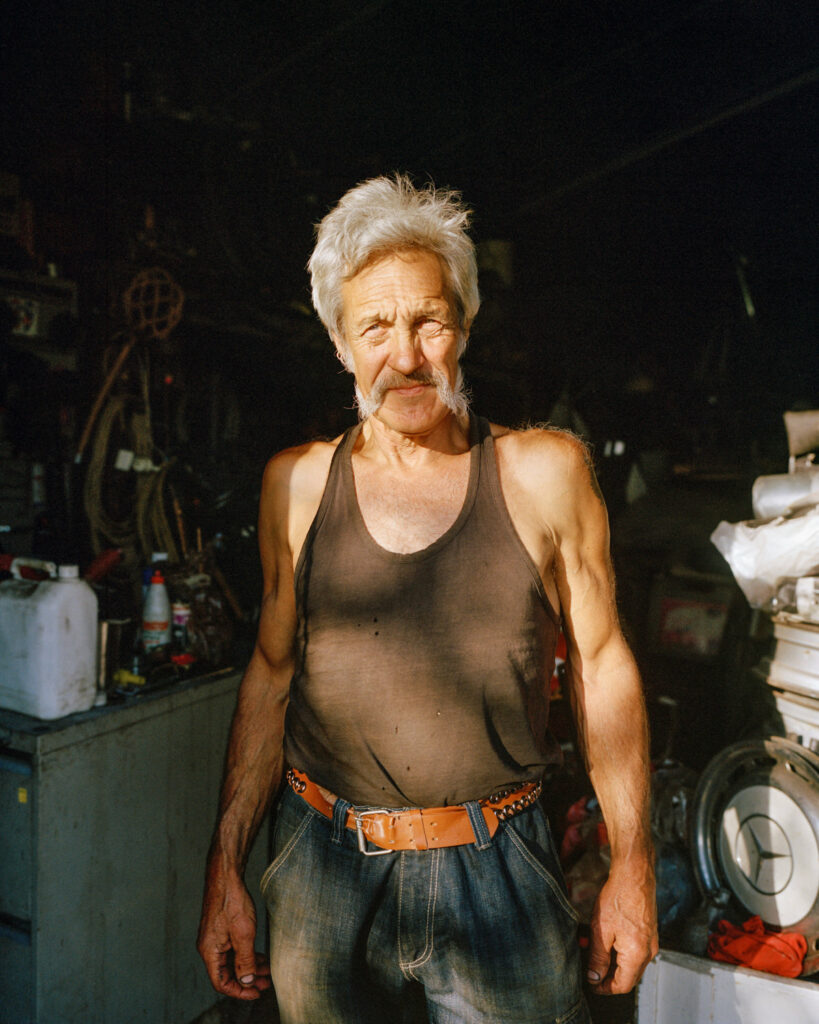
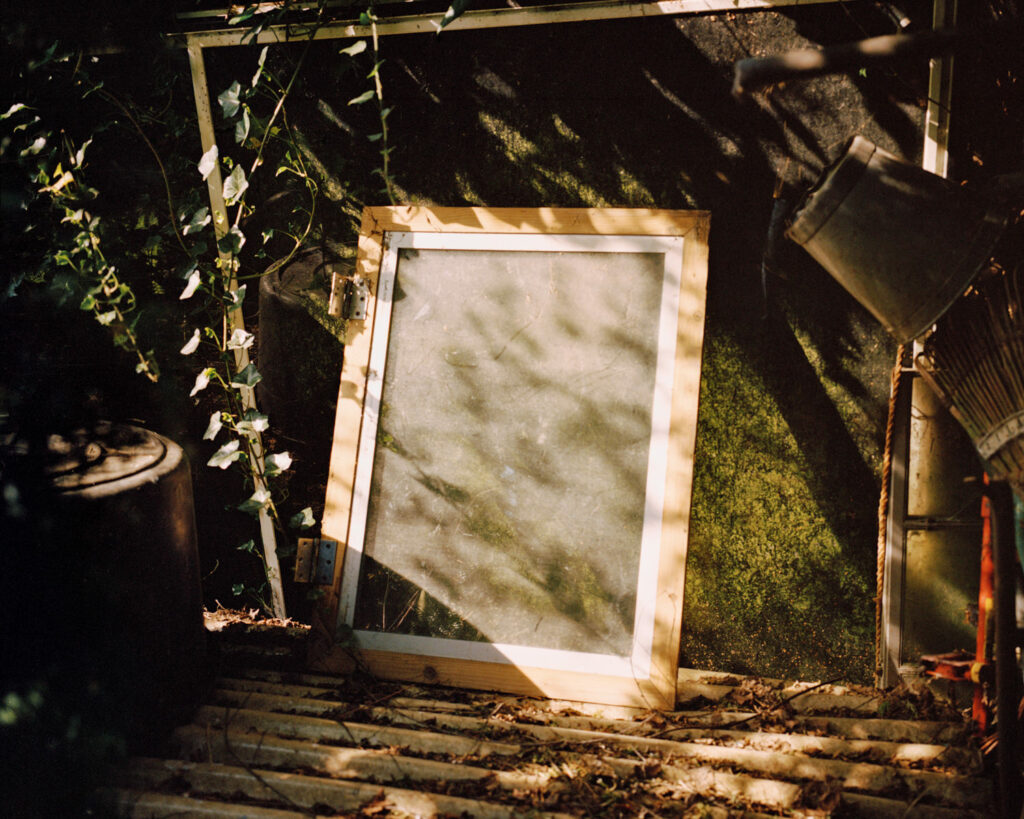
« we can learn a lot from Kees’s lifestyle, simple, pure, and back to nature »
You depict a man who seems caught between two worlds, a cowboy past and the modernism of the present. Why were you interested in this character?
I think it was his whole vibe and appearance that interested me in the first place. Kees looks like this stereotypical rough and tough cowboy, but he’s actually a very sensitive and soft hearted man who cares about nature and all the wild animals living around him. I think we can learn a lot from Kees’s lifestyle, simple, pure, and back to nature and it’s those values in life that I long for as well in my busy, stressful and digital life in the city. Kees is my self help guide to modern living and I hope he can inspire others with his lifestyle as well.

You seem to be fascinated by the environment that surrounds him, both the one that created him and the relationship between his land and his animals. A way of life that goes to the essential. Your photographic series is in a way an ode to this simple way of life?
Yes, it definitely is. Kees really knows how to enjoy the simple things in life. That’s also why I included a handwritten note of Cowboy Kees’s 10 rules of life in the project. These life rules illustrate Kees’s philosophy in life. They’re nothing new, but summed up together they stand for a way of life that can inspire us all to stand still and appreciate what we have. Two of them are for example:
“Enjoy the little things, they are the most precious” and « Live simply, don’t use more than you need to”
The colour tones of your photographs gives a vintage look, is this the rendering you thought of when you met Kees?
Yes, the photographs are shot on film which I think really fits the essence of the work. The analog photographic process forces me to slow down and really take the time to look around me and observe everything more carefully. The nostalgic feeling of film also fits Kees’s feelings. It illustrates his longing for a time when digital technology, stress and consumerism didn’t take over our lives and there was more peace and quiet to enjoy what really matters in life.
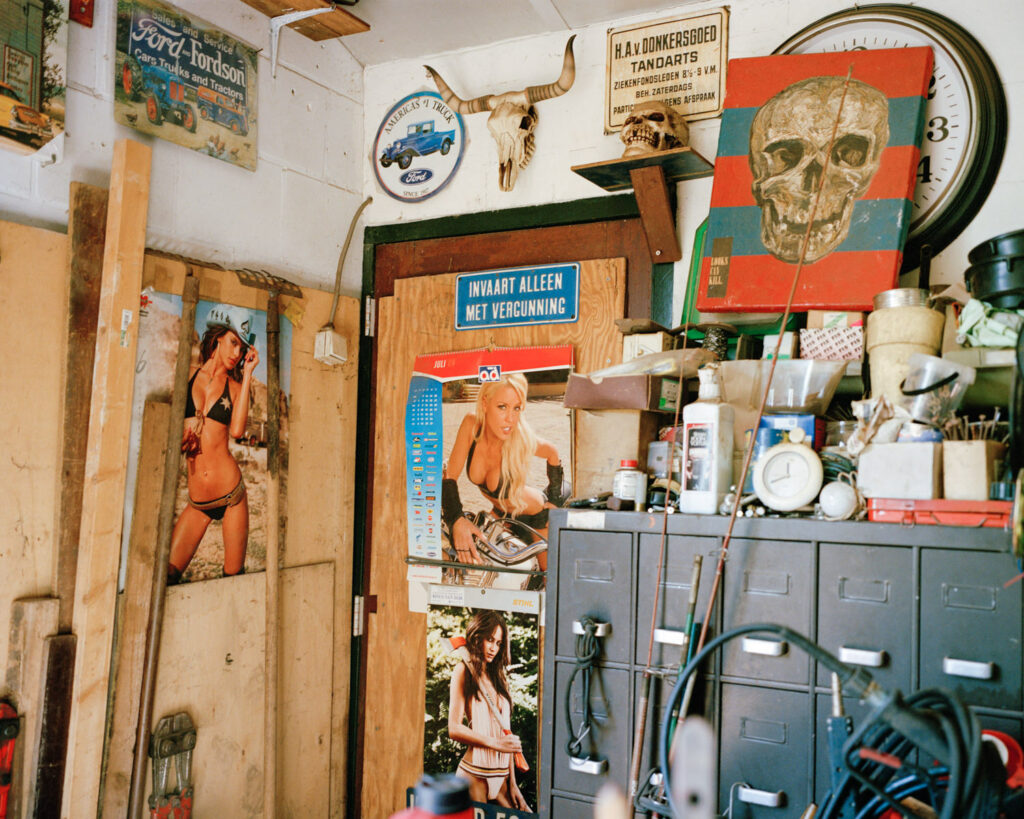
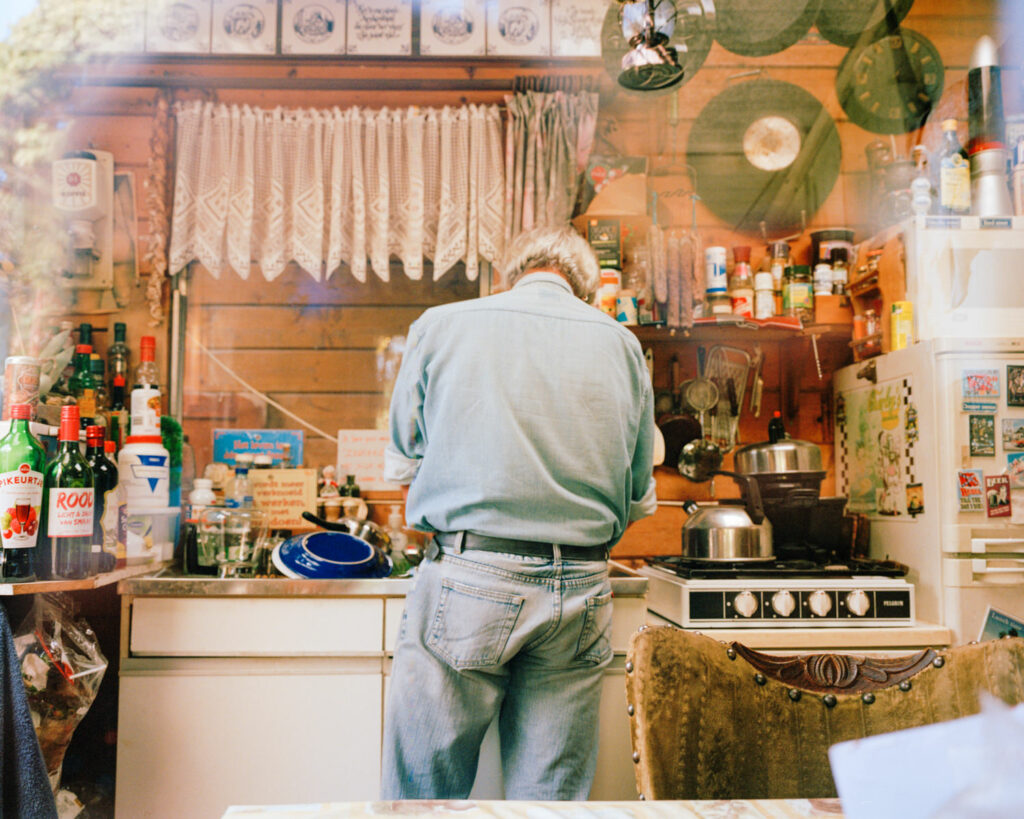
How long did you follow him? And what was his relationship with the camera?
I’ve photographed him for about five years now, but the photographs in the project are mostly from the last two years. Already from the very first time I took pictures of him he was very natural and comfortable in front of my camera. He often knows exactly what I’m looking for and helps me with good locations and ideas for the photographs. That way it feels much more like a collaboration and I know Kees enjoys it just as much as I do, if not even more!
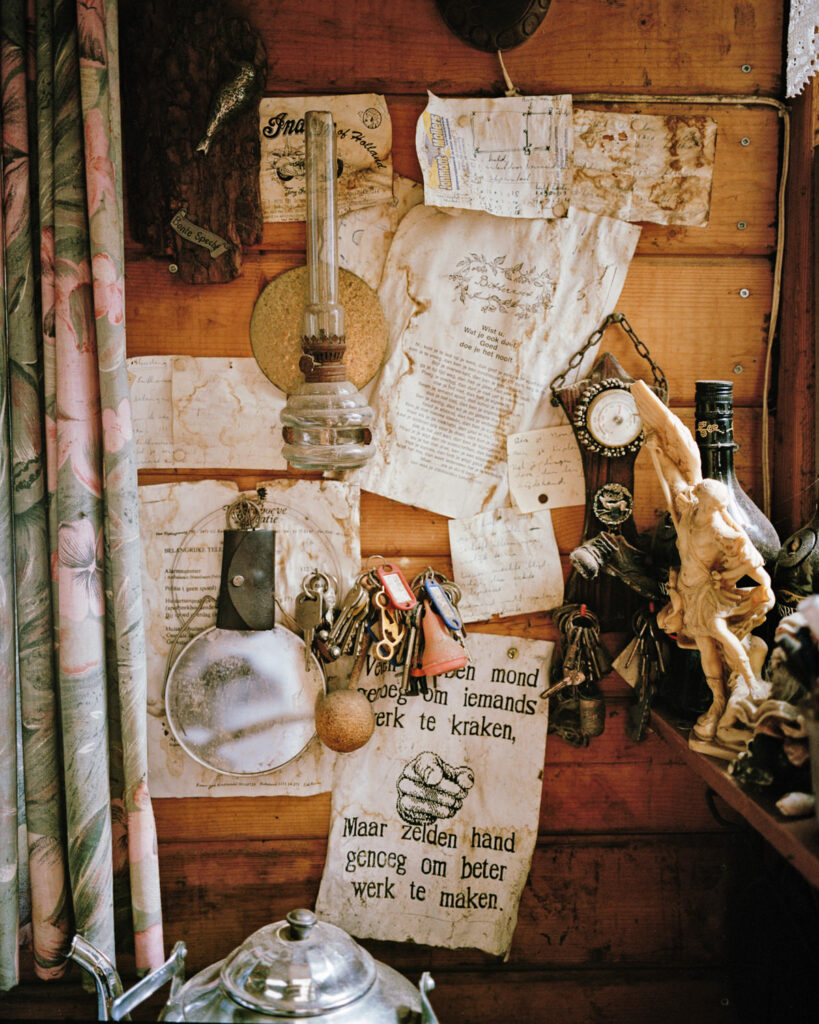
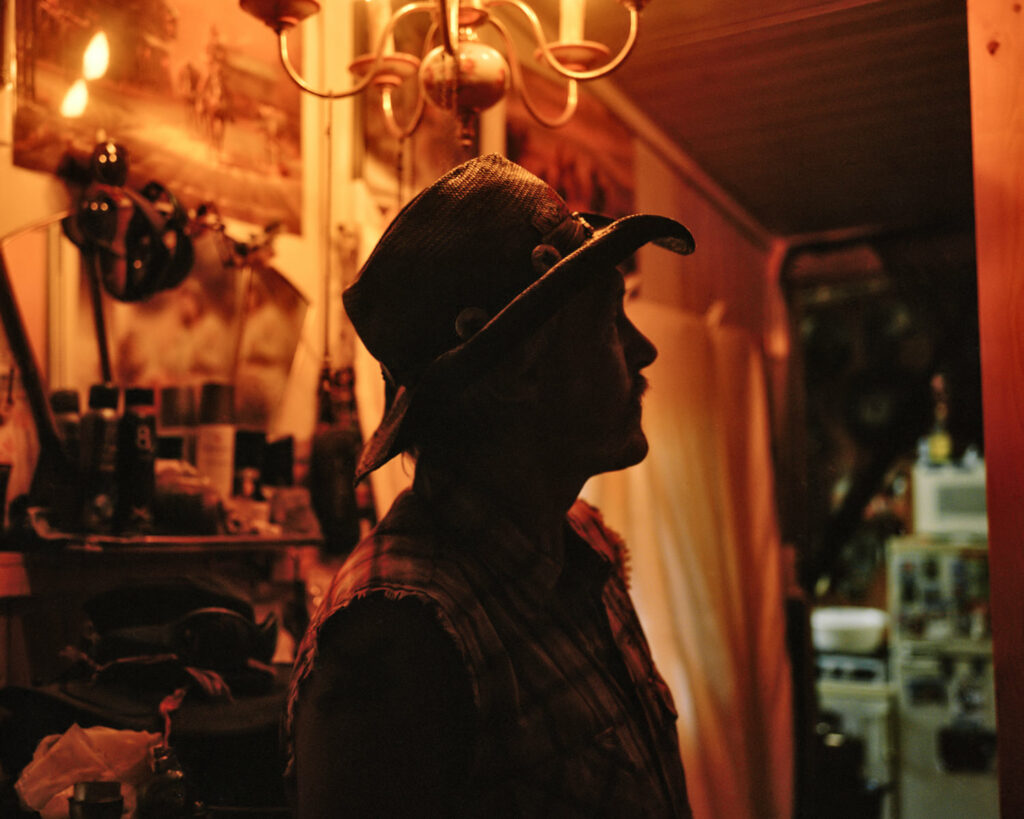
We feel a strong bond between you and Kees. Did this particular relationship change the ambition of your photos, your way of framing, or for Kees, to open up to his world?
I think Kees and I are both quite open and sincere people, so we quickly felt comfortable around each other and our friendship easily became close. I don’t think it really changed my photography, Kees has always been a kind of muse to me. We’re both dreamers and romantics and very nostalgic, so for this project we helped each other create this ideal world that we could flee to, where there was no stress, no rules and we felt completely free to be ourselves.
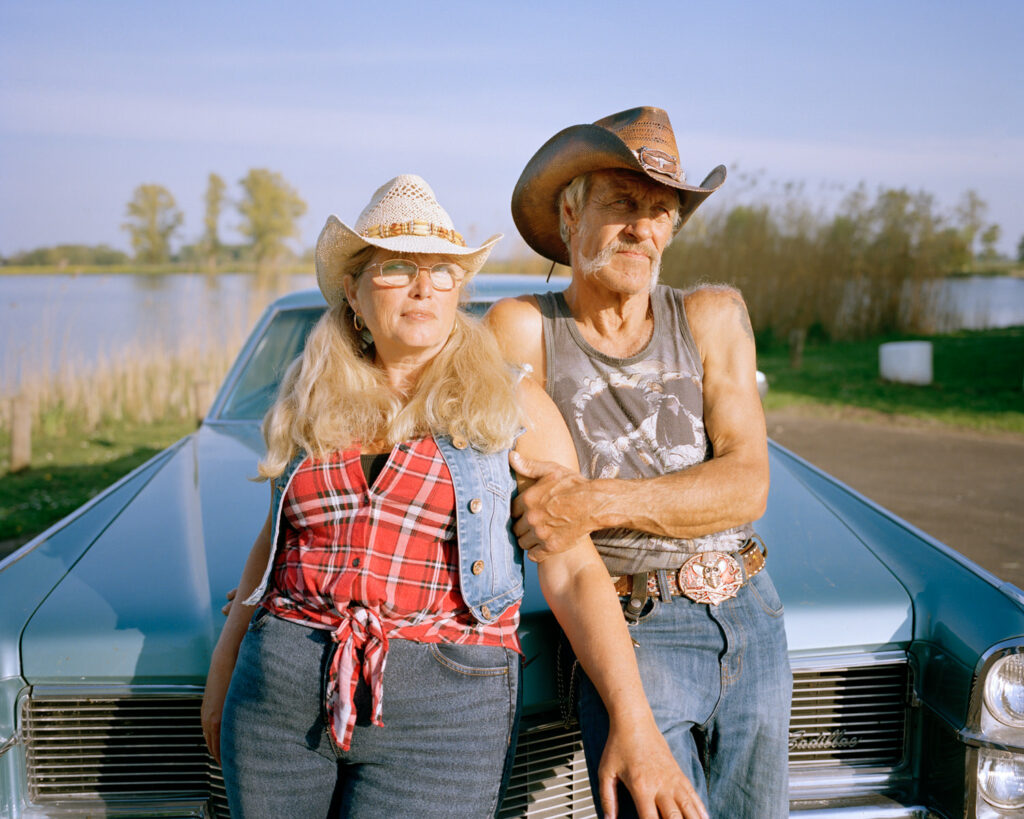
In your book, you play on this notion of cowboy and what it implies. Have you become somehow a cowboy too?
I hope so! I grew up with country music and lived in Texas for a year when I was younger, so there’s always been a bit of a cowgirl hiding inside of me, but I do think Kees awakened that part of me again. I’m fascinated by the stereotypical image of the tough cowboy that we know from the Westerns, but Kees has also shown me a more soft side of what it means to be a cowboy. For him, it’s not only about wearing leather boots and a big cowboy hat, but it’s more about the lifestyle that it represents. Simple and pure, back to nature.

Was the publication of the book the end of the project or do you continue to go back to photograph Kees?
It’s definitely not the end! I’m now working on something new which I can’t tell too much about yet, only that it’s with a friend, Linus Kropp, who is a filmmaker.
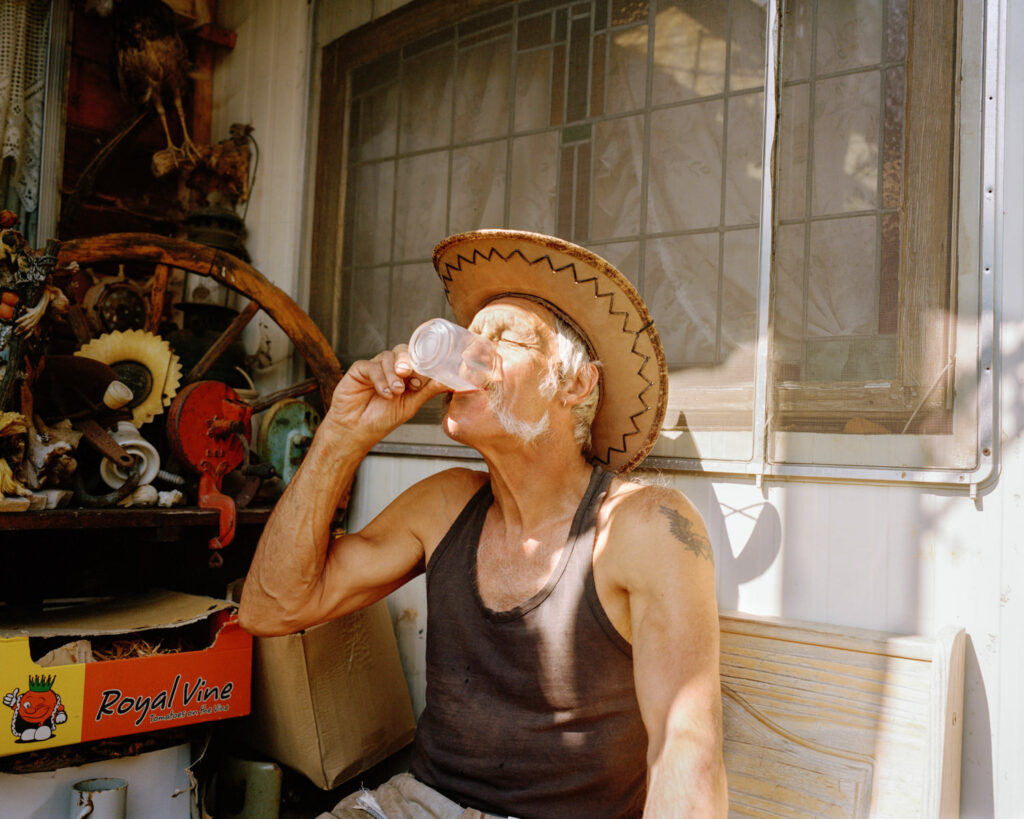
What’s next for you? Do you have other photographic projects?
There’s an exhibition of Cowboy Kees coming soon at the Naarden Fotofestival and I have some new project ideas which I’m working on. I’ll share more about them soon on my Instagram, so if you’re interested and would like to know more, you can follow me.

Your Top 5 photography books?
I have to be honest, I’m not a big fan of the form of a photobook which is often closed, passive, expensive and catches dust in a bookcase. I like work to be open and interactive, I want to be able to look at it or even use it every day. I know it’s a bit hypocrite because I made a photobook myself, but I think for this project that the traditional documentary storytelling form did fit the project best. However, I included Cowboy Kees’s 10 rules of life, a leaflet written by Kees that you can take out of the book and stick on your wall or preferably your toilet door so that you’re reminded of Kees and his lifestyle every day.
I’ve actually only bought two photography books in my life, both because I just immediately fell in love with them: Alessandra Sanguinetti’s book « The adventures of Guille and Belinda » and « the enigmatic meaning of their dreams » and Xiaoxiao Xu’s book « Watering my horse by a spring at the foot of the long wall« . One more book that I’ve always remembered is « Les Gorgan » by Mathieu Pernot.
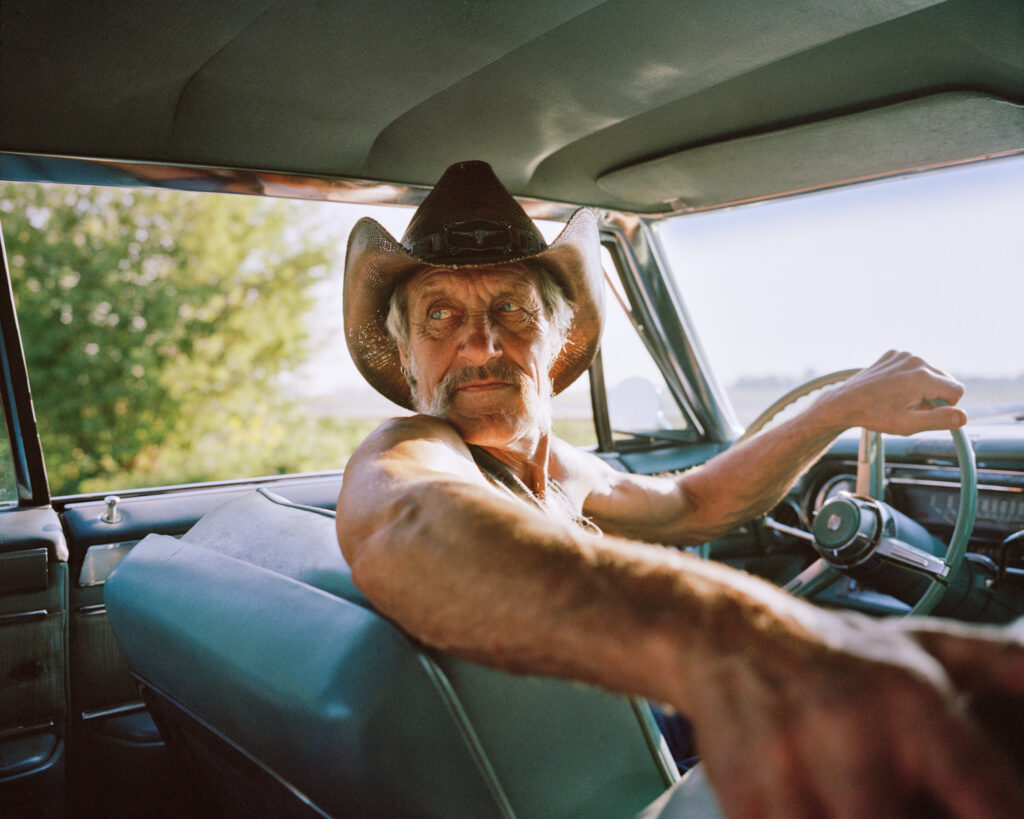
Interview by Valentine Zeler
Photographer’s Links: Instagram – Website
Photo Book « Cowboy Kees » by Sabine Rovers


